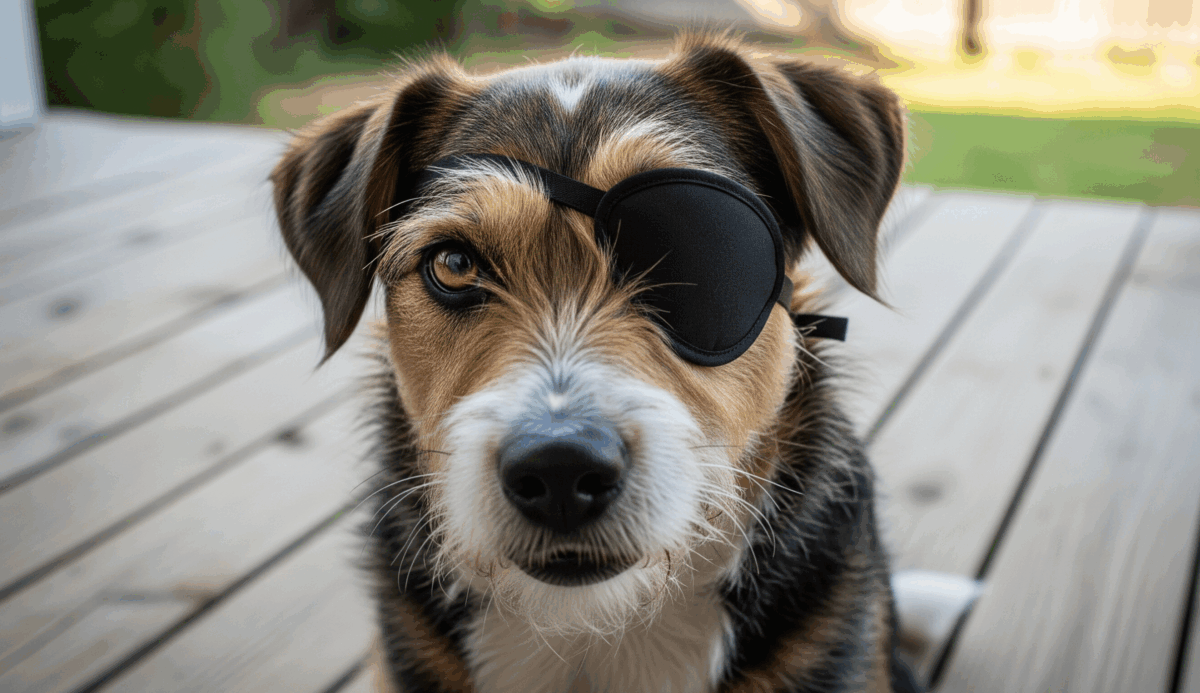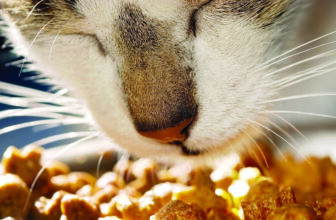
Check out our latest products
Vision loss presents unique challenges for dogs and cats. Understanding the signs and managing the transition can greatly enhance their quality of life. This guide offers practical strategies to support furry friends experiencing vision changes.
Recognizing Signs of Vision Loss
Many animals adapt remarkably well to gradual vision loss. Subtle signs are often overlooked. Look for behaviors like hesitation during walks, difficulty catching treats, or confusion in familiar spaces. Sudden changes often manifest as disorientation or fear. If a companion struggles to navigate their environment, it’s crucial to consult a veterinarian. Early detection leads to better management options.
Creating a Safe Environment
Making the home environment safe is essential. Maintain a consistent layout; avoid moving furniture frequently. Use tactile aids like carpet runners near stairs. These help create familiar pathways. Introduce scent cues in different rooms. This guides furry friends and enhances their confidence. Ensure any new scents do not cause adverse reactions; discontinue if necessary.
Supporting Daily Activities
Blind animals can still enjoy their favorite activities. Engage them in playtime using sound-based toys. Keep routines consistent to provide a sense of security. Make noise when approaching, especially if they are resting. This helps them feel secure and aware of surroundings. With patience and support, they can continue to thrive despite vision challenges.
Consulting a Veterinarian
Regular veterinary check-ups are vital. A veterinarian can identify underlying causes of vision loss. Treatment options may include medications or surgery, depending on the condition. Discussing these options ensures companions receive the best care possible. Staying informed about health changes allows for proactive management.
Consider nutritional supplements rich in antioxidants. These support overall health and may slow degeneration. Omega-3 fatty acids promote eye health and reduce inflammation. Regular exercise maintains physical and mental fitness, fostering a positive outlook.
Supporting vision-impaired companions requires understanding and action. Recognizing signs early, making environmental adjustments, and maintaining routines foster confidence and security. With veterinary guidance and holistic care, furry friends can live fulfilling lives despite vision challenges.
Post Views: 1,675
Animal Wellness is North America’s top natural health and lifestyle magazine for dogs and cats, with a readership of over one million every year. AW features articles by some of the most renowned experts in the pet industry, with topics ranging from diet and health related issues, to articles on training, fitness and emotional well being.


![[PETHROOM] Cat Nail Clipper Trimmer for Indoor Cats with Circular Cut Hole (2mm) | Premium Sturdy Stainless Steel Blade Cat Claw | Safe, Easy, Accurate, Quiet & Fast | Avoid Overcutting](https://m.media-amazon.com/images/I/6156hi88deL._AC_SL1298_.jpg)
![[PETHROOM] Professional Eye Comb for Pets | Stainless Steel Tear Stain Remover for Cats & Dogs | Gentle Round-Head Grooming Tool | Compact & Portable for Eye Gunk Removal](https://m.media-amazon.com/images/I/71+W758uwXL._SL1500_.jpg)
![[petora] BRUSH ON ME Gentle Facial & Eye Comb for Dogs & Cats | Smooth & Stress-Free Tear Stain Remover | Fine-Tooth Grooming Tool with Rounded Tips | Comfortable Grip for Daily Pet Grooming](https://m.media-amazon.com/images/I/81hzVmjgV1L._SL1500_.jpg)









